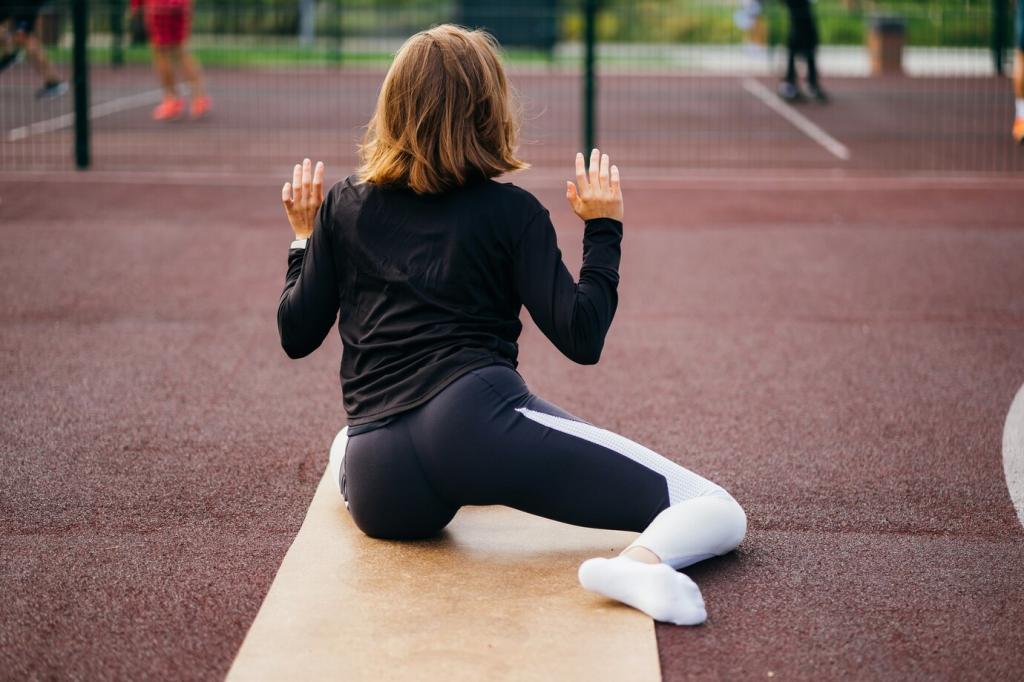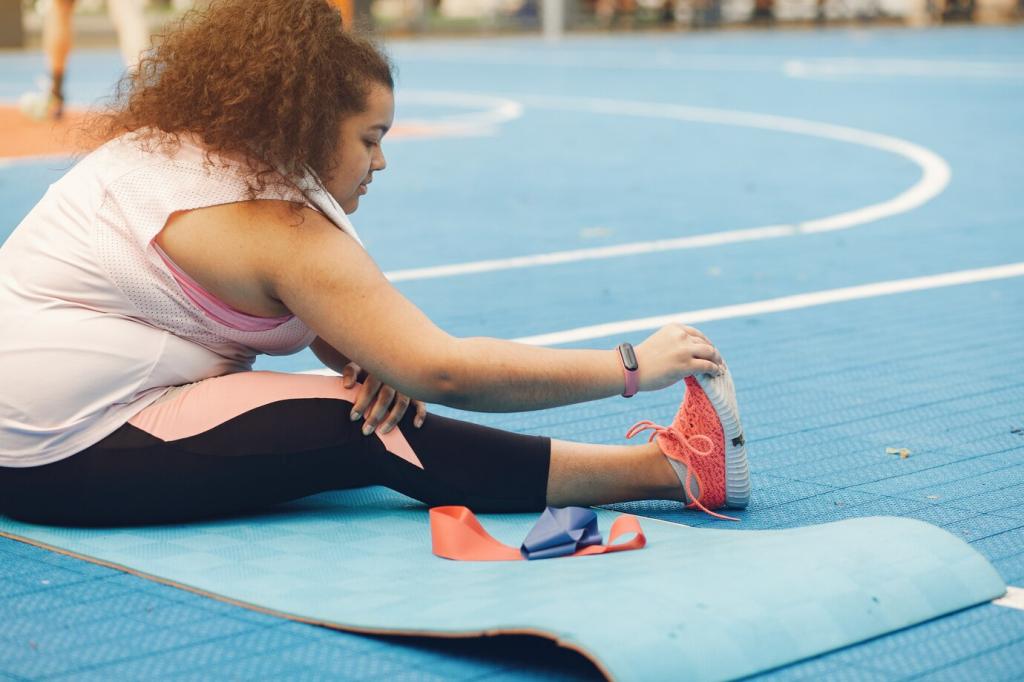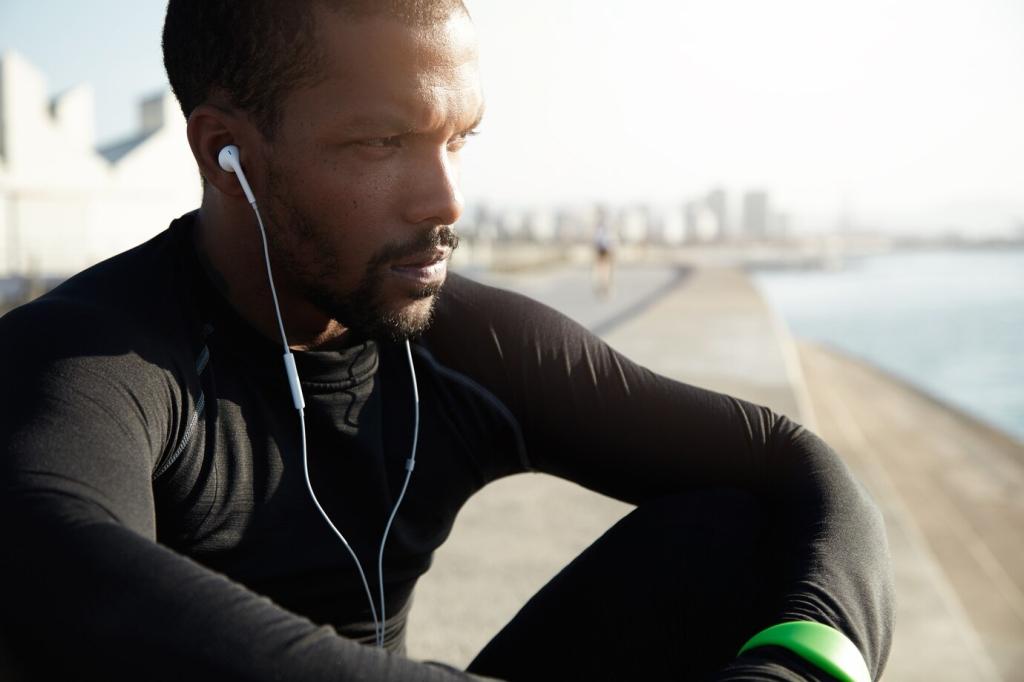Practical Meditation Routines for Different Stages of Recovery
Sit or lie in a comfortable, non-provocative position. Count breaths up to ten, then restart. If pain spikes, shift focus to the sense of contact under you. Keep it brief, consistent, and kind. Comment with your favorite position and any cues that instantly settle your breath.
Practical Meditation Routines for Different Stages of Recovery
Gradually include a body scan, noting sensations without judgment, particularly around the injured area’s neighboring muscles. Practice acceptance and curiosity instead of bracing. End with a gratitude sentence for one healing step. Invite a friend to join you for accountability, and tell us how tandem practice affects your mood.






